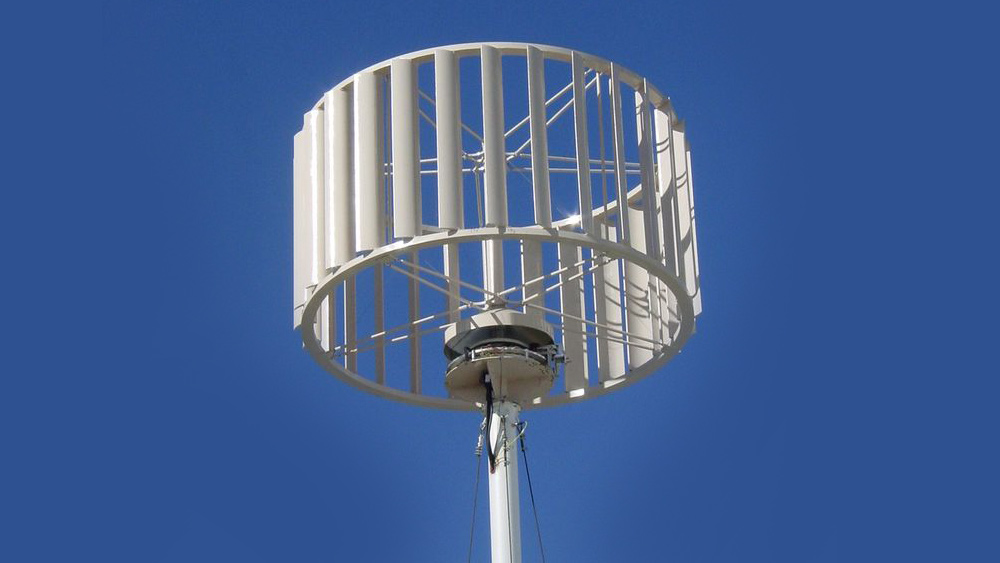New research shows plants grow just fine in solar cell greenhouses
04/27/2021 / By Divina Ramirez

Greenhouses fitted with semitransparent organic solar cells (ST-OSCs) can generate power for heating without affecting plant growth, according to new research from North Carolina State University (NCSU).
Published in Cell Reports Physical Science, it demonstrated that ST-OSCs could turn greenhouses into energy-neutral structures by capturing energy from wavelengths of light not used by plants during photosynthesis.
ST-OSCs don’t affect plant growth
The researchers sought to use ST-OSCs to reduce the energy footprint of greenhouses. Scientists can adjust ST-OSCs in such a way that they capture a portion of light for generating power and allow the rest to pass through. However, it’s not clear how plants in greenhouses fitted with ST-OSCs would react.
To understand how ST-OSCs affect plants, the researchers grew four groups of red leaf lettuce for 30 days. The control group was exposed to the full spectrum of white light while the others were exposed to white light through different filters that absorbed wavelengths of light similar to what ST-OSCs would absorb.
The researchers manipulated the blue light to red light ratio in each filter then studied how each group reacted. But apart from light, they kept all other variables the same across all four groups. These include water, fertilizer and the temperature and carbon dioxide concentration within the growing chambers.
They also studied certain plant characteristics to assess plant growth and health, such as leaf number, leaf size, weight, how much carbon dioxide the plants absorbed and their levels of antioxidants.
The results showed that lettuce grown under the different filters did not differ from plants in the control group, suggesting that the ST-OSCs did not affect plant growth and health. Surprisingly, the researchers observed that ST-OSCs helped regulate the temperature of the growing chambers.
Plant biologist and co-author Heike Sederoff said it was surprising that ST-OSCs did not affect plant growth or health. “It means the idea of integrating transparent solar cells into greenhouses can be done.” The different filters used also did not differ significantly in terms of the amount of light they absorbed.
Co-author Harald Ade, a professor of physics at NCSU, said their findings are promising for the future of solar-powered greenhouses. Getting farmers to fit their greenhouses with ST-OSCs would be difficult if the panels had a profoundly negative impact on the growth and health of plants. The result of the study showed that wouldn’t be the case.
The researchers plan to conduct similar experiments with other greenhouse crops, such as tomatoes. (Related: Walipini greenhouse: What it is, why you need one, and how to build it.)
ST-OSCs could usher in next generation of greenhouses
Greenhouses provide a closed and controlled environment for crop production. They are particularly useful for farmers living in regions with rough weather. Greenhouses also reduce water consumption, minimize pesticide use and allow for the production of seasonal crops, all while increasing yield.
However, greenhouses need indoor heating during colder months. That is because the semitransparent glazing of greenhouses allows light to filter through but does a poor job at retaining heat inside the structure. Therefore, many greenhouses normally require heating beyond what sunlight can provide.
Because greenhouses aren’t totally green, scientists have turned to solar technology for solutions. But standard solar cells, which are used in opaque silicon solar panels, would prevent light from entering the greenhouse. This problem has prompted scientists like Sederoff and his colleagues to use ST-OSCs.
In fact, the same group of researchers published a study last year that explored the use of ST-OSCs to build net zero energy greenhouses. They argued that ST-OSCs on greenhouse roofs would act as insulators that help keep the greenhouse warm in the winter and cool in the summer. Their study appeared in the journal Cell.
Learn more about the applications of ST-OSCs at SolarPanels.news.
Sources include:
Tagged Under: breakthrough, discoveries, environment, future science, future tech, green living, greenhouses, innovation, inventions, Plants, renewable energy, research, solar energy, solar power
RECENT NEWS & ARTICLES
COPYRIGHT © 2017 FUTURETECH.NEWS
All content posted on this site is protected under Free Speech. FutureTech.news is not responsible for content written by contributing authors. The information on this site is provided for educational and entertainment purposes only. It is not intended as a substitute for professional advice of any kind. FutureTech.news assumes no responsibility for the use or misuse of this material. All trademarks, registered trademarks and service marks mentioned on this site are the property of their respective owners.





















